February 25, 1941 saw a general strike bring Amsterdam and other cities of the Netherlands to a halt as a protest against Nazi occupation and persecution of Jews in Amsterdam. This is considered the only mass direct action against the Nazi persecution of Jews by non-Jews during World War II.
Today is the 75th anniversary of the Amsterdam February Strike 1941.
Netherlands invaded May 1940
The Netherlands was invaded by Nazi Germany in May 1940. The German Luftwaffe dropped over 1,300 bombs on the historic city center of Rotterdam, destroying 24,000 homes. Much of the military defenses of the country were bombed and strategic areas occupied by German paratroopers. The Netherlands capitulated and surrendered before the German threat to bomb more cities was carried out.
Newspaper War Headline in display at Dutch Resistance Museum.
The Netherlands had remained neutral in World War I. The strategic location of the Lowland Countries as a German buffer zone against a British mainland invasion pulled the Netherlands into World War II. The Dutch government went into exile in England. For most Dutch, life resumed under Nazi occupation.
Amsterdam’s Jodenbuurt – Jewish Quarter
Amsterdam was home to about 80,000 Jews at the time of Nazi occupation. Amsterdam had a 350 year old history as a city of tolerance for religious refugees across Europe.
Nazi map of Amsterdam’s Jewish population, exhibit at Dutch Resistance Museum, Amsterdam.
Each dark dot represents 10 Jews on this Nazi map of Amsterdam’s Jewish population. The dense areas of dots is the east side of the Amstel River in central Amsterdam. This area was known as the Jodenbuurt. Amsterdam’s Jewish population had grown by about 10,000 during the previous decade since the Nazi Party took control of Germany.
In November 1940 the Nazis removed all Jews from public service positions.
Hollandsche Schouwburg was the theater house in the Jodenbuurt where Jews had to register their identity papers with the Nazi occupiers. Following the war, the theater briefly resumed performances before public outcry shut the theater down. Hollandsche Schouwburg is now the Netherlands Holocaust Museum.
Amsterdam February Strike 1941
The NSB was the Dutch Nazi Party and the WA Weerbaarheidsafdeling was its paramilitary wing. WA mobs roamed the Jewish Quarter looking for fights. Jewish men established self-defense groups. Repeated street fights between the WA and Jewish self-defense groups culminated in the serious injury of WA member Hendrik Koot on February 11, 1941. The Germans erected a barbed wire barrier around the Jodenbuurt on February 12 and restricted non-Jews from entering the area. Hendrik Koot died on February 14.
On February 19 there was an attack on a German police patrol at a Jewish ice cream shop. Several police were injured when they were sprayed with ammonia. Over the weekend of February 22-23 there was street fighting in the Jodenbuurt as the Germans began a pogrom rounding up 425 Jewish men.
A German soldier took photos that day. A Dutch lab assistant made copies of the photos. They depict the scene at the square where the 425 Jewish men were beaten in public during the day.
These Jews were transported to Kamp Schoorl, the first concentration camp in the Netherlands. After only a few days, the prisoners were transferred to Buchenwald (Germany) and a few months later to Mauthausen (Austria). Only two of these 425 Jewish prisoners survived the end of the war.
The Communist Party had already organized a strike for February 25-26, 1941 in Amsterdam. After the Jewish roundup, the strike organizers added another sentence to their pamphlets, “These Jewish pogroms are an attack on the entire working population, strike, strike, strike!!!â€
On the morning of Tuesday, February 25, 1941 the tram workers of Amsterdam went on strike. The few trams that operated that day were pulled off the tracks by the citizens of the city. People occupied the tram lines to prevent public transportation movement in the city. Within hours, tens of thousands of workers went on strike across Amsterdam. The strike soon spread to major factories and other cities in the Netherlands.
German troops retaliated and quickly squashed the strike. Nine protestors were killed and many more seriously injured. The strike was a show of resistance and the Dutch people learned that resistance against their German occupiers was deadly.
The Amsterdam February Strike 1941 was the only mass protest by non-Jews against the persecution of Jews during World War II. In the years that followed, more than 70,000 Jews were removed from Amsterdam and sent to concentration camps. Only a few thousand Jews survived the war.
Today, there are around 15,000 Jews living in Amsterdam.
Each February 25 the city of Amsterdam commemorates the Dutch participants of the February Strike 1941.
Related post: Amsterdam Schaduwkade Shadow Wall (Jan 27, 2016)


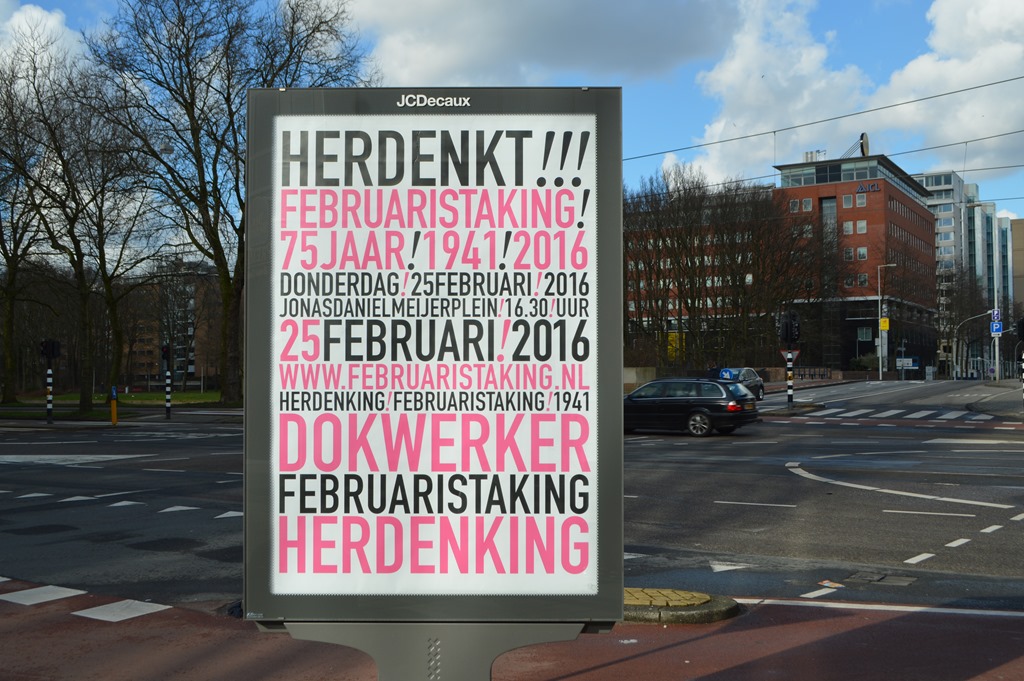
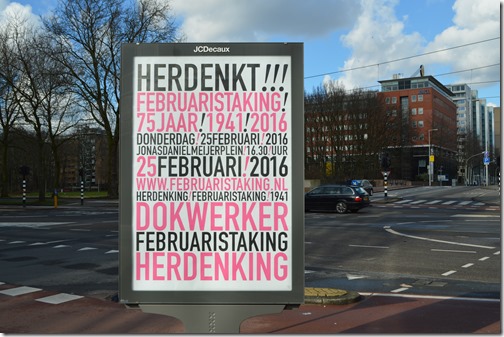
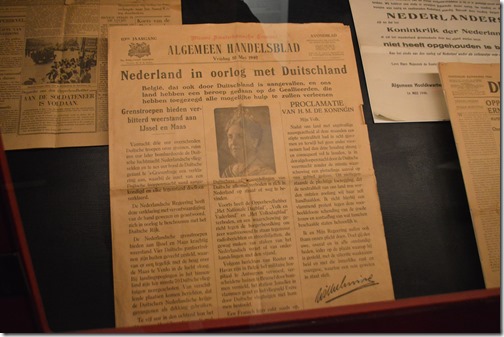
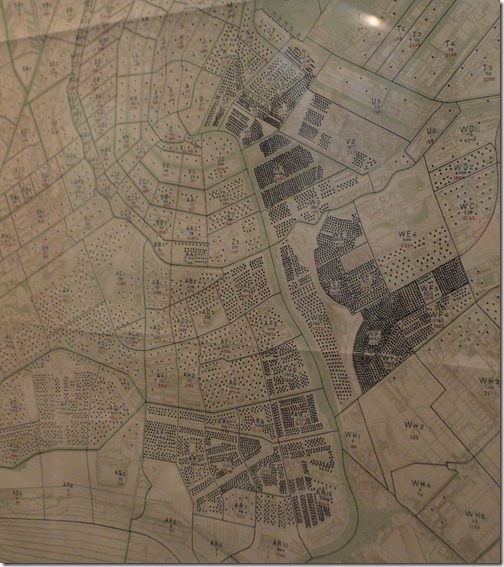
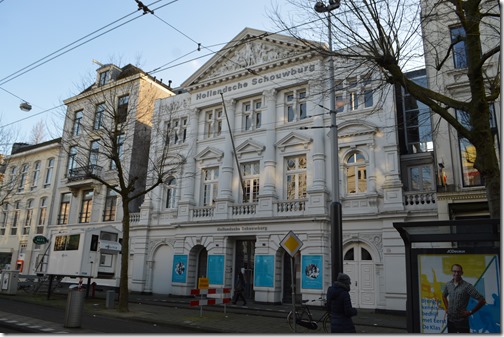
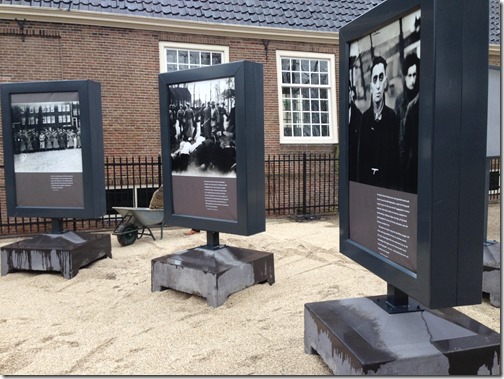

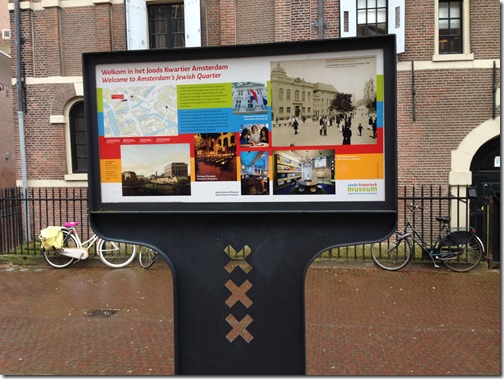


2 Comments
Comments are closed.